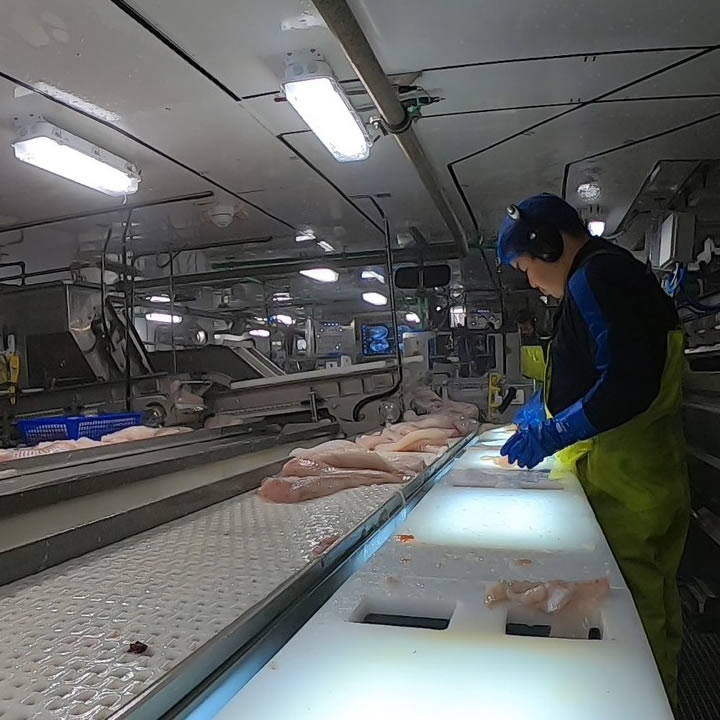Seafood processing is the process of preparing or turning seafood into an edible form. In plainer terms, it covers the entire process from catching fish or other aquatic animals to being a commodity that may be sold for consumption.
Generally speaking, all duties pertaining to the sanitation of marine items are completed throughout processing until they are fit for consumption. Processing seafood is a challenging and intricate task. Seafood is limited to fish, shrimp, crabs, and other aquatic creatures.
It is correctly stated that there is a long process to make the seafood edible, and it’s a difficult task. There is a need for proper storage facilities for sea foods as they are perishable in nature.
This article provides a general overview of the things to keep in mind while processing seafood.
Important facts about seafood processing
Seafood processing is the process of preparing seafood and making it ready to be sold in the market. There are various steps involved in seafood processing, from getting it caught to packaging it for sale in the market.
Seafood processing involves two types of processes: those done manually or in an automated mode. Some large seafood processors use processing machines to complete the complex task of seafood processing.
It involves steps like sorting, grading, scaling, de-heading, gutting, slicing, etc. Sorting is the process by which the fish are checked and sorted as per their species and damage.
Grading is a process that can be done easily with processing machines, which makes the task easier. Scaling is a procedure that is labor-intensive in nature as scales are really hard to remove, and labor uses sharp blades to remove the scales.
For more information visit the Carsoe website.
Whereas, gutting involves removing the belly of the aquatic creatures and often labor is used to do this task. However, big food processing industries have processing machines that have an all-in-one solution for removing the heads as well as cutting the bellies and organs.
After all the processes, fish and other aquatic creatures go for packaging, etc.
Minimal care is needed for storing seafood
Seafood processing industries should focus on temperature control, which is needed to keep the raw fish at a chilled temperature to increase the life of the shell. Drying and salting are the other techniques used to reduce decomposition in fish.
It is advisable to keep the fish and other seafood products vacuum-sealed to extend their life.
Conclusion
Seafood processing is a complex task that involves the procedure for making fish and other sea foods edible. It can be done manually as well as by processing machines. There are high standards of storage followed by the seafood processing industries as fish is perishable in nature.
It involves processes like sorting, grading, scaling, de-heading, gutting, slicing, skinning, packaging, etc. Storing the fish at the right temperature and moisture can enhance the life of the fish, so therefore storing the fish is one of the most challenging things in seafood processing.

